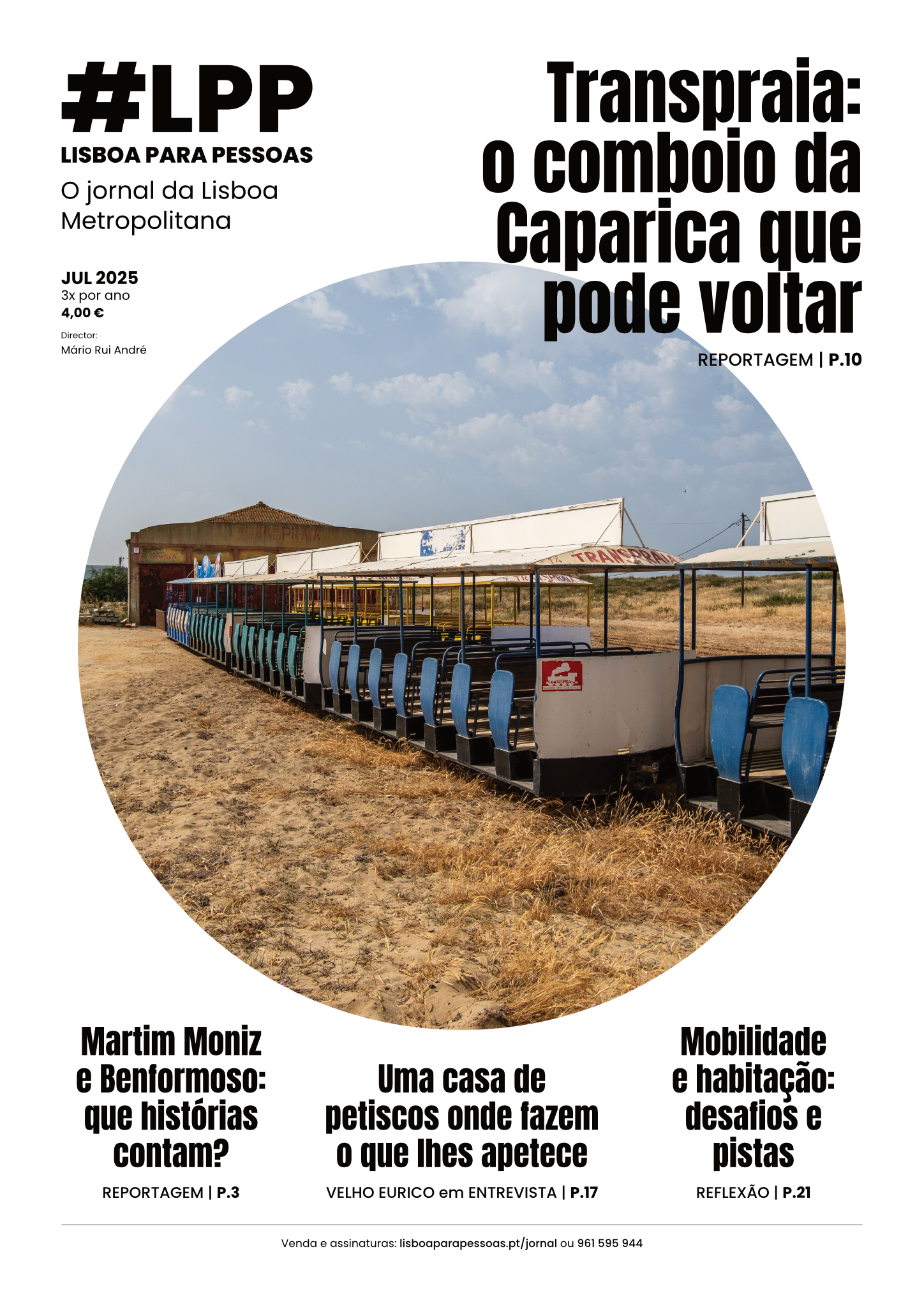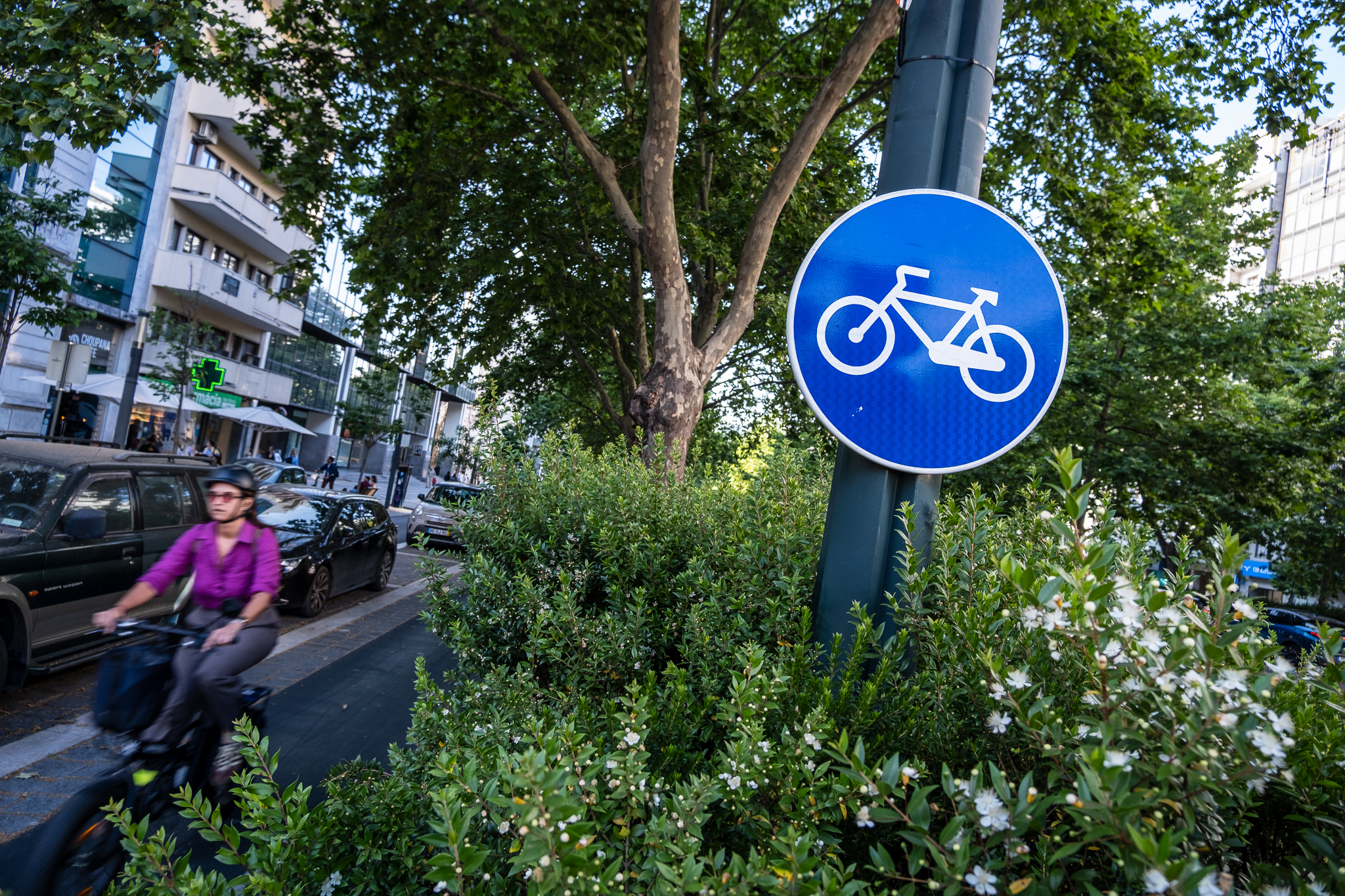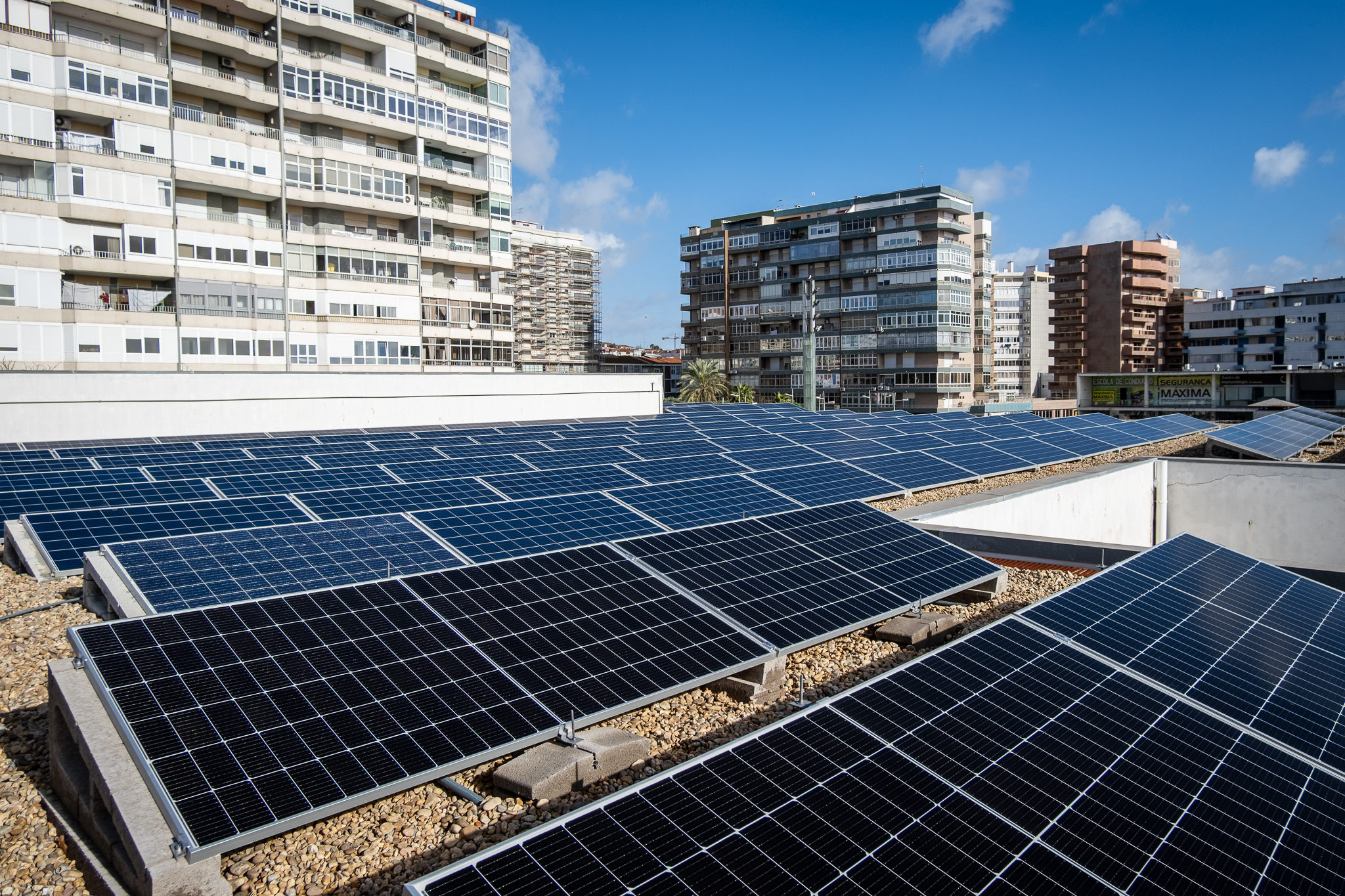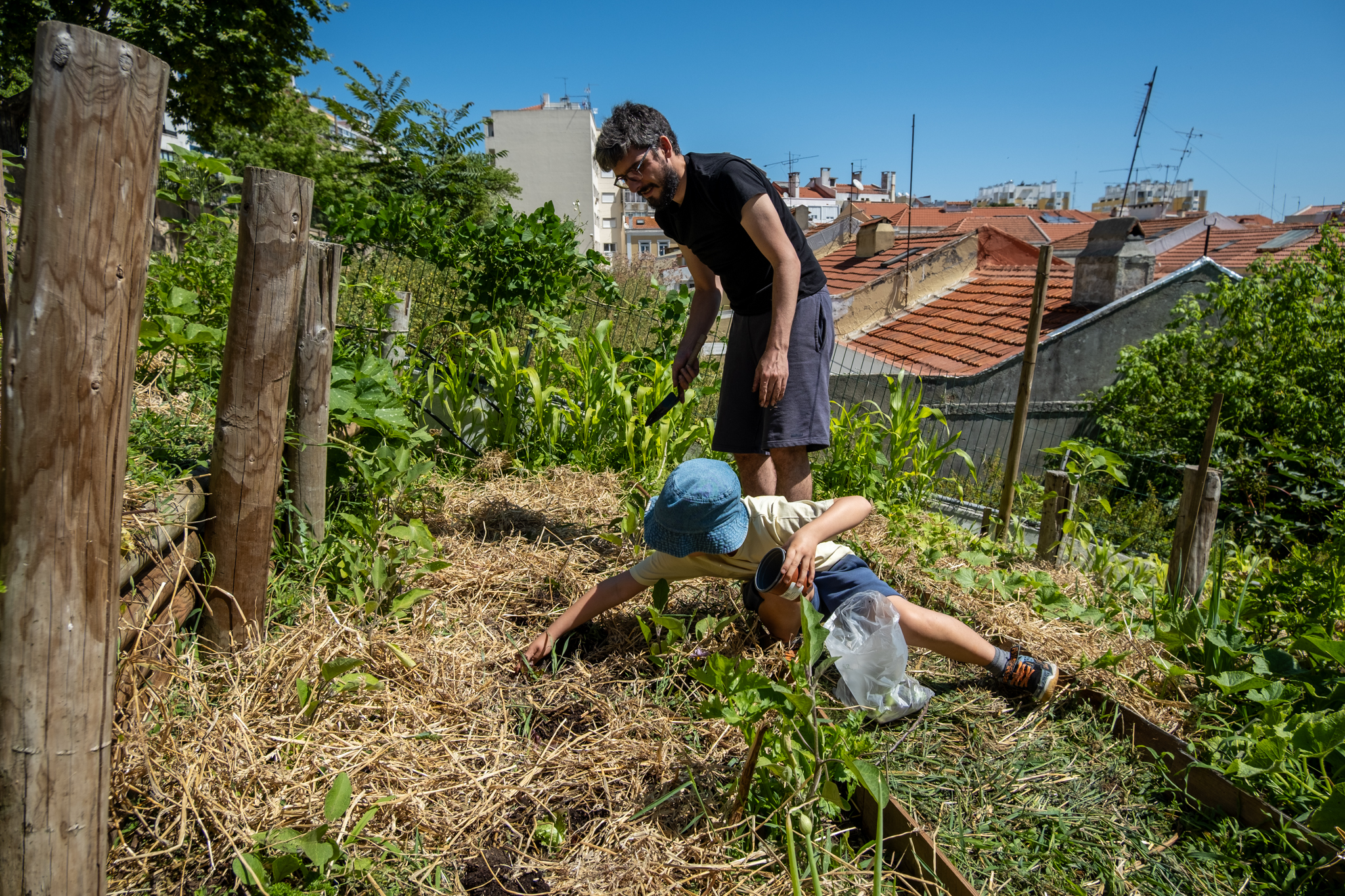Infraestruturas de Portugal (IP) will start to draw up the execution project and the environmental impact study to quadruple the line between Roma/Areeiro and Braço de Prata. It is a first step to increase the circulation of trains on the Sintra Line and beyond.

The Infraestruturas de Portugal (IP) will start to the execution project and environmental impact study associated with the quadrupling of the Belt Line between Roma/Areeiro and Braço de Prata. This is an important step for the future of the railway supply in the Lisbon Metropolitan Area, which will allow connections to be established every six minutes between the two most populous municipalities in the country, Lisbon and Sintra.
On the table are the following investments:
- a quadrupling of the railway line between Roma/Areeiro and Braço de Prata stations. Currently, between the Roma/Areeiro and Braço de Prata stations, there are two railway tracks; the objective is to increase to four, which will allow:
- increase the supply in terms of train runs on the Sintra Line at peak hour from the current 10 minute frequency to just six;
- to extend the Fertagus service, which currently ends in Rome/Areeiro, to the Oriente station. This is the company's wish, but to do so it will have to acquire new trains and also renegotiate the current concession contract with the government.

- a Modernization of the North Line between Braço de Prata and Sacavém stationsThis will mean that the station will grow into the area currently occupied by the bus terminal;
- a construction of a new station in Chelas/Olaias with connection to the Olaias subway stationwhich has been oversized since 1998, when it was built, with this future subway-train connection at this point in mind;
- renovation of the Braço de Prata and Marvila stations (the latter a halt), to adapt them to the "new rail services" and ensure that they offer the "better conditions of safety, comfort and access to users".

Three new bridges, one viaduct and two tunnels will also be built, the catenary systems on the sections affected by the intervention will be completely replaced, and the signaling and telecommunication systems will be modernized.
The public tender had been launched last year.


"These interventions, which Infraestruturas de Portugal highly values, will allow an increase in the supply on the Cintura, North and Sintra Lines, particularly on the suburban ones, but also on the regional and long distance ones".the manager of the national railway infrastructure reports. "The materialization of these investments will also create conditions for the implementation of new High Speed services between Lisbon-Oriente and Oporto-Campanhã." It should be recalled that the construction of a new High-Speed line between the country's two largest cities by 2030The first section between Porto and Soure (Coimbra) will be ready sooner, in 2026-2028.
It should be noted that IP will only advance with the execution project and the consequent environmental impact study - the work will take place later, without a date yet, and should be financed under the National Investment Plan (PNI2030). For now, there are only drawings of what the national railway infrastructure manager intends to do in terms of new tracks, new stations and increased capacity. Soon, with the execution project and the environmental impact study, we should have more details about the architecture of the future/renovated stations.
Recently, and as part of this investment that is now planned, a start was made on requalification of the Sacavém station.









